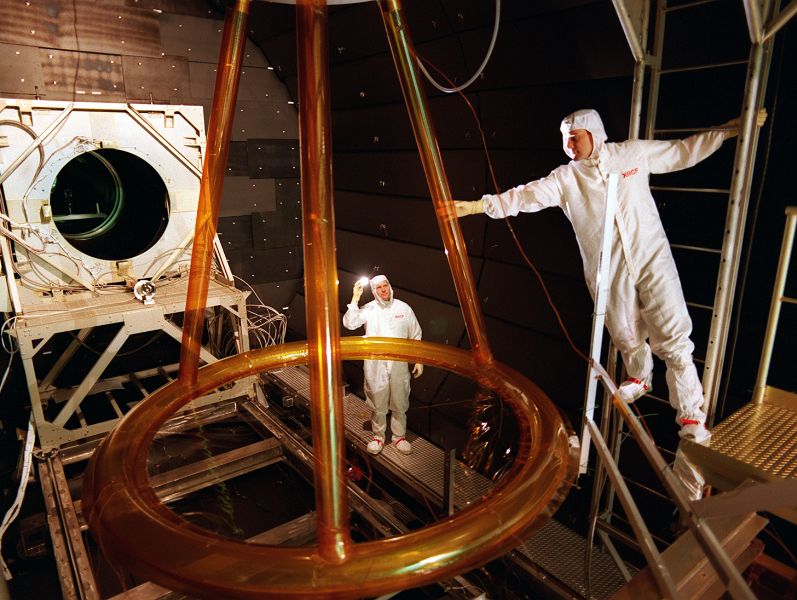When we think of astronauts floating inside the International Space Station (ISS), it’s easy to overlook the years of effort behind those moments. Preparing for life in microgravity isn't just about learning how to float—it involves physical, psychological, and technical training.
This article delves into how astronauts prepare for long-duration missions in microgravity, often lasting six months or more, and how organizations like NASA and ESA ensure their crews are adequately prepared for the extreme conditions of space.
Understanding the Microgravity Environment

Before diving into the astronaut training process, it’s important to understand what microgravity really is. In orbit, astronauts experience continuous free fall, giving the sensation of weightlessness. This affects:
- Muscle and bone density
- Spatial orientation
- Sleep cycles
- Fluid distribution in the body
Due to these changes, astronaut training must prepare the human body and mind for an environment entirely different from life on Earth.
NASA and ESA Astronaut Training Programs
The NASA astronaut training in microgravity guide outlines several phases that astronauts go through before launch. Similarly, the European Space Agency (ESA) runs intense programs focused on living in zero gravity and maintaining optimal performance in space.

Training is conducted at dedicated astronaut training centers in the US (like NASA’s Johnson Space Center) and across Europe (such as ESA’s European Astronaut Centre in Cologne, Germany).
Physical Conditioning for Space
Spending six months in space can lead to muscle atrophy and bone loss due to the lack of gravitational pull. To minimize these effects, astronauts undergo rigorous physical training long before launch.
What does this training include?
- Cardiovascular workouts: Treadmill running, cycling, and rowing
- Strength training: Weightlifting and resistance exercises
- Balance and coordination: To prepare for movement without gravity
Astronauts must continue exercising daily on the ISS using specialized equipment designed for microgravity adaptation.
Simulating Space Conditions on Earth

While we can’t replicate space perfectly on Earth, agencies use creative solutions to simulate microgravity.
Key simulation techniques include:
- Neutral Buoyancy Lab (NBL): A giant pool where astronauts perform underwater tasks wearing spacesuits, mimicking zero gravity.
- Parabolic flights: Aircraft fly in arcs to create brief periods of weightlessness.
- Virtual reality training: Used for tasks like robotic arm operation and spacewalk rehearsals.
- Mock space station modules: Built to resemble the ISS interior, allowing astronauts to practice living and working in confined spaces.
These simulations play a major role in how astronauts train for space microgravity and improve both their technical and behavioral readiness.
Space Health and Medical Protocols
The human body undergoes significant stress in space. Astronauts must be in peak health before launch, and that requires space health protocols that are both strict and detailed.
Medical preparation includes:
- Full physical examinations
- Vision and hearing tests
- Immunization updates
- Emergency medical procedure training
Astronauts are trained to handle minor medical emergencies and use onboard medical kits. They also learn to communicate with ground-based doctors using real-time video support.
Nutrition and Space Diet
A proper diet is essential for both physical health and mental well-being. Astronauts undergo dietary planning months before their missions to ensure they receive the right mix of calories, nutrients, and hydration.
features of astronaut diet planning:
- Pre-mission assessments to determine nutritional needs
- Meal customization based on preferences and health
- Training with packaged foods that will be eaten in orbit
- Hydration monitoring in microgravity conditions
Learning how to manage meals without gravity is a core part of living in zero gravity.
Psychological Preparation for Space
Six months in a microgravity and confined space station can take a toll on mental health. That’s why psychological preparation is just as important as physical fitness.
Focus areas include:
- Stress management techniques
- Sleep cycle regulation
- Team-building exercises
- Personal counseling sessions
Astronauts are trained to communicate effectively with crewmates and resolve conflicts in an isolated environment. Support from psychologists continues throughout the mission via video calls and digital communication.
Technical and Mission-Specific Training
Astronauts are expected to be multi-skilled professionals. They don’t just float and wave at cameras; they perform experiments, repair hardware, and even conduct spacewalks.
Mission training includes:
- Scientific research protocols
- Operating station systems
- Emergency procedures (e.g., fire, pressure loss, toxic leaks)
- Spacewalk rehearsals with spacesuits and tethering systems
- Robotics training for operating robotic arms or docking systems
The NASA astronaut training guide ensures astronauts are ready to handle any situation with confidence and precision.
International Collaboration in Training
Space missions are rarely managed by a single agency. The collaborative training efforts between NASA, ESA, JAXA (Japan), Roscosmos (Russia), and CSA (Canada) allow astronauts to:
- Share knowledge across countries
- Learn common technical systems
- Respect diverse communication and work styles
This global teamwork enhances the success rate of missions and makes space mission preparation more efficient.
Shared Challenges Astronauts Face
Despite all the preparation, astronauts must be mentally and physically ready to adapt throughout the mission. Common challenges include:
- Dealing with isolation
- Adapting to tight schedules
- Staying productive despite fatigue
- Adjusting back to Earth’s gravity post-mission
Preparing to live in zero gravity is not just about reaching space; it’s about thriving there.
Conclusion:
Preparing for a six-month mission in space is a complex process that starts years before liftoff. Through intense physical training, technical education, medical screening, and psychological support, astronauts are transformed into some of the most capable professionals on (and off) the planet.
By understanding how astronauts prepare for space missions, we gain a deeper appreciation for the discipline, dedication, and science behind human spaceflight. The next time you see an astronaut floating effortlessly in orbit, remember—they trained on Earth, underwater, in aircraft, and even in VR, all to succeed in the silence of space.
Looking to learn more about astronaut training or visit a space center? Explore NASA astronaut training centers in the US or discover programs by the European Space Agency to dive deeper into this fascinating journey of human exploration.








